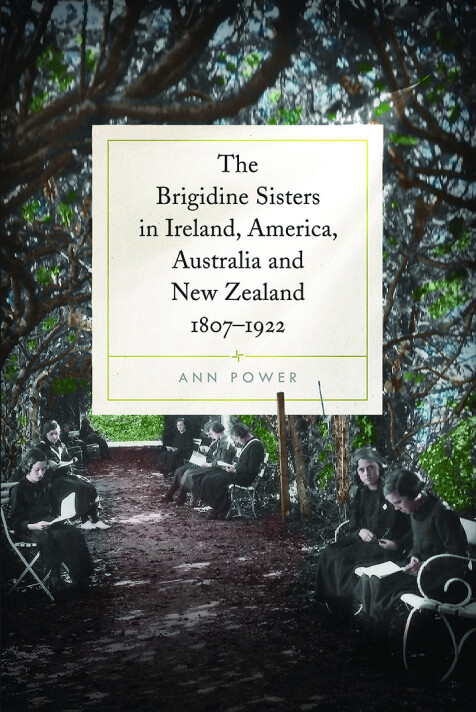The Brigidine Sisters in Ireland, America, Australia and New Zealand, 1807–1922
Ann Power
'[This book] is by far the best of its type I have read over the last decade. Power's account of the Brigidine Sisters is particularly refreshing ... The account throughout of the growth and spread of the order is excellent. It is lengthy but never boring. It is written in a most engaging style ... all based on an outstanding set of primary sources obtained from a very large number of archives. For me, the most powerful section in the book is that which deals with lay sisters. Indeed, this is the best and most honest account I have ever read on this group of still largely "hidden" group of sisters', Tom O'Donoghue, History of Women Religious of Britain and Ireland (2019).
'a spectacular achievement of archival research and historical reconstruction. It will be read with profit by all scholars of women religious, of education (in which the congregation was heavily involved), and of Irish Catholicism both at home and in Greater Ireland. The Brigidines have been lucky in their historian' Colin Barr, Irish Theological Quarterly 85.
"Ann Power’s narrative of the Sisters of St Brigid provides a ‘detailed transnational history of the Brigidines set in the comparative context of the history of women religious and education in the nineteenth and twentieth centuries’ [page 13] ... While it is at heart a religious history, it is also a good example of how religious factors are both affected by and contribute to wider historical contexts (in this case Irish national and diasporic history, women’s history and educational history). Also central to her narrative are the individual sisters who constituted the order, gave it life and vibrancy, who laboured at huge personal cost, and who effectively ensured that the order’s mission was fulfilled as far as possible in multiple demanding circumstances. Their stories are brought to life both in the text, and in short prosopographical sketches at the end of the book … the end result is a book that provides both a critical and yet compassionate treatment of the Brigidines, that emphasises geographical differentiation and individual agency and that successfully historicises the order’s story across the nineteenth and twentieth centuries." Hugh Morrison. Journal of Ecclesiastical History (Vol. 71. 2020)

